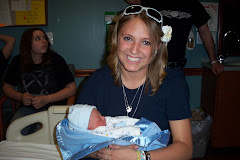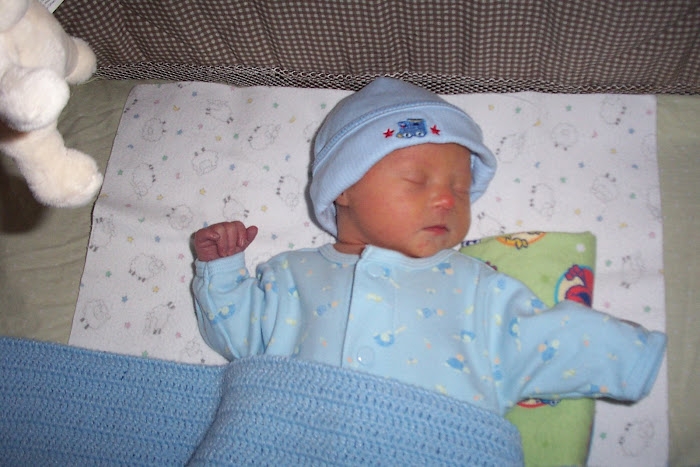AVSD:
described as a large hole in the This complex defect is best middle of the heart. It results from a lack of separation of the atria and the ventricles into separate chambers, and a lack of separation of the mitral and tricuspid valves into two separate valves. Therefore there is a large connection between the two atria, between the two ventricles, and a single atrioventricular (or AV) valve, whereas there should be separate mitral and tricuspid valves. A very complex defect indeed! The defect is named an atrioventricular septal defect, or AVSD. An old name for this defect is an atrioventricular canal defect, or AV canal for short.
There is a wide range of how far this maldevelopment may be manifested. In it’s simplest form, there is only an atrial septal defect, and this is treated just like an ASD. More complex forms of AVSD also include the opening between the two ventricles, along with the lack of separation of the AV valve into separate mitral and tricuspid valves. In the most complex form, not only are there defects between the atria, the ventricles, and the mitral/tricuspid valves, one of the ventricles may not be properly formed, the valves may be 'over-riding' or 'straddling', there may be obstruction to the aorta, and other things. The reason this defect may be so complex is that it probably occurs during the very first stages of fetal development.
The large hole in the center of the heart lets blood from the left side of the heart (this is oxygen rich blood) pass into the right side of the heart. It then goes back to the lungs even though it has already been oxygenated. Because of the large amount of extra blood going to the lungs, high blood pressure may occur there and over time can damage the blood vessels.
Additionally, the valve between the upper (atrial) and lower (ventricular) chambers does not close properly. Blood then leaks backward from the ventricular chambers to the atrial chambers. This leak is referred to as regurgitation or insufficiency of the valve. When the valve leaks, the heart has to pump more blood. This can lead to enlargement of the heart.
This defect is usually corrected in infancy with open heart surgery to restore normal blood circulation through the heart.. Surgical repair consists of separation of the common AV valve into two valves, along with closure of the VSD and ASD. The operation represents a surgical separation of the valves, ventricles and atria, so it tends to be a big operation. Some children, however, may have too complex a defect to correct in infancy, and would initially require a pulmonary artery banding. This will decrease blood flow and reduce the high pressure in the lungs. When the child is older, the band will be removed and the defect corrected with open heart surgery.
Thursday, April 23, 2009
Subscribe to:
Post Comments (Atom)






No comments:
Post a Comment